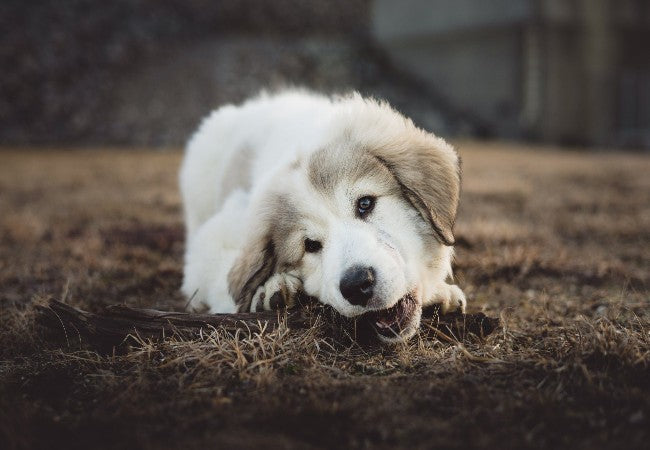Pica in Dogs 2025: Vet Backed Guide to Causes, Risks & Treatment 🐾

In this article
Pica in Dogs 2025: Vet Backed Guide to Causes, Risks & Treatment 🐾
By Dr. Duncan Houston BVSc
🔍 What Is Pica?
Pica is a condition where dogs eat non-food items—like dirt, plastic, cloth, or rocks—consistently and compulsively, not just out of curiosity.
🧬 Why It Happens: Causes of Pica
- Nutritional deficiencies: Lack of minerals like iron, zinc, or minerals may lead to geophagia—eating soil or clay.
- Medical conditions: GI disease, parasites, diabetes, anemia or pain can trigger pica.
- Behavioral triggers: Boredom, stress, separation anxiety, or obsessive-compulsive tendencies often play a role.
- Compulsion: Some dogs develop habitual pica similar to compulsive disorders in humans.
⚠️ Health Risks of Pica
- GI obstruction, perforation, or need for surgery
- Stomach upset, pain, vomiting, drooling, gagging
- Toxic exposure or dental damage from chewing hard/treated items
🔬 Diagnosis Steps
- Full exam including bloodwork, urinalysis, fecal tests to identify deficiencies or illness
- Radiographs/ultrasound if ingestion of dangerous items suspected
- Behavioral assessment—frequency, triggers, home environment
🛠️ Treatment & Management
Medical:
- Treat deficiencies, parasites, GI disease, pain
- Emergency surgery if obstruction present
Behavioral:
- Increase enrichment and physical exercise
- Provide safe chew/toy alternatives and feeding puzzles
- Use training cues (“leave it”, “watch me”) and response substitution
- Limit access to non-food items; use leash or basket muzzle when unsupervised
Medication:
- Anti-anxiety meds (SSRIs, TCAs, e.g., fluoxetine, clomipramine) for anxiety or compulsive pica
- Diet correction and vet-supervised supplement use
🛡️ Home Safety & Prevention
- Dog-proof your home by removing potential hazards
- Supervise outdoor time; use a leash and avoid debris-filled areas
- Use bitter sprays on temptations; crate train if needed
🧸 Ask A Vet,
- 🩺 **Ask A Vet:** Expert guidance on diagnosis, behavior planning, and medication monitoring
📊 Quick Treatment Plan
| Phase | Action | Goal |
|---|---|---|
| Diagnostics | Tests & imaging | Find medical causes |
| Medical Care | Treat illness, remove obstruction | Heal body |
| Behavior Works | Enrichment, training cues | Replace pica behavior |
| Medication | SSRIs if needed | Reduce anxiety/compulsion |
| Manage | Dog-proof, supervision | Prevent recurrence |
🎯 Final Thoughts
Pica in dogs can have serious health consequences. But with timely diagnosis, appropriate treatment, behavior training, and a safe environment, most dogs can recover and thrive. Use tools like Ask A Vet, pica-free life 🐾.
— Dr Duncan Houston, BVSc
Need a customized pica plan or behaviorist referral? Visit AskAVet.com or download the Ask A Vet app to get started.






